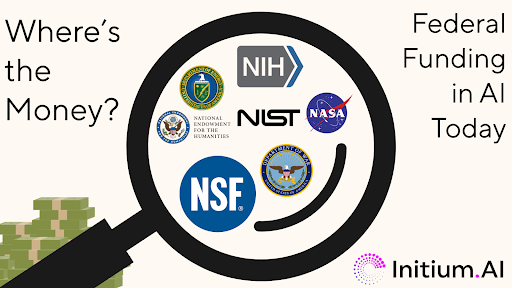
Five Tips to Make Your Grant Proposal Stand Out
While not an end in itself, grant funding is essential for supporting a rich research agenda. Yet, writing proposals can be very time-consuming, especially in today’s competitive landscape. This guide outlines five practical steps to make your grant proposal more effective and efficient.
1. Look at current and past examples of successful grants from the grant giving institution
Whether it’s working with a knowledgeable collaborator or looking at previous successful proposals for your target grant, writing with funded grants in mind will make your proposal stronger. For example, the NSF has a database of awarded grants with summaries of each awardee’s proposal. You might consider reaching out to recent grantees to seek their advice, and ask for a copy of their proposal. Many are happy to help and pay a favor forward. Similarly, you can also try to serve on a proposal review board to get more insider information on how the institution evaluates these proposals.
We will also have sample proposals to share on our platform, which we compiled in our attempt to provide helpful examples as researchers work on crafting their own proposals.
2. Talk with an expert in the grant giving program
Advice or feedback from those closely connected to the program you are applying for can often be very helpful. These can include program managers, research coordinators at your institution, or previously funded researchers. There’s no harm in reaching out to ask for input — the worst they can say is no! If you don’t know whom to talk to, try looking them up on the institution’s website, connecting with them at a conference, or attending virtual office hours. If someone is unavailable, you can also ask them if they have any other recommendations on people you could connect with.
3. Write a one-page summary you can share with others in order to get early feedback
The best way to introduce yourself and your planned project is to start with a concrete piece of text to which they can provide feedback. Start writing your one-page summary early – not only will this clarify your ideas, but it’ll also provide a good starting point from which people can advise. When you’re finished, you can send it around for feedback to trusted collaborators, program managers, or anyone who you think would be willing to give you some input.
4. Cut down text where you can and use tables and graphics
As you get closer to having a final draft, though it may be painful, the old writing adage of “kill your darlings” remains true. A wall of text disengages reviewers from your proposal, regardless of how good the ideas are. Try aiming for one graphic or table every two pages. If you’re stuck, think about adding a map of testing sites, a table detailing data collection strategies, or graphs of preliminary results.
Beyond adding a visual component, try to cut down even more with our favorite trick: increasing the font size. When you’re done with your proposal, increase the font size and try to cut the proposal down again to its original length – this will not only make it easier to read (!), but more importantly will also force you to distill your ideas further, likely making for stronger arguments and a clearer big picture.
5. Get feedback before you submit
A second (or third) set of eyes can make a big difference. Reviewers can catch unclear sections, missing pieces, or areas where your argument needs strengthening. Try to get feedback from colleagues, mentors, or collaborators who understand the topic, and ideally someone less familiar with it too, to check for overall clarity. Our platform can also help by offering 24/7 red-team reviews from AI agents with varied disciplinary backgrounds, helping you stress-test your proposal from multiple perspectives before you submit.
We hope you found these suggestions useful! If you want more grant writing tips, you can always check out initium.ai/blog. Happy grant writing, and good luck!



